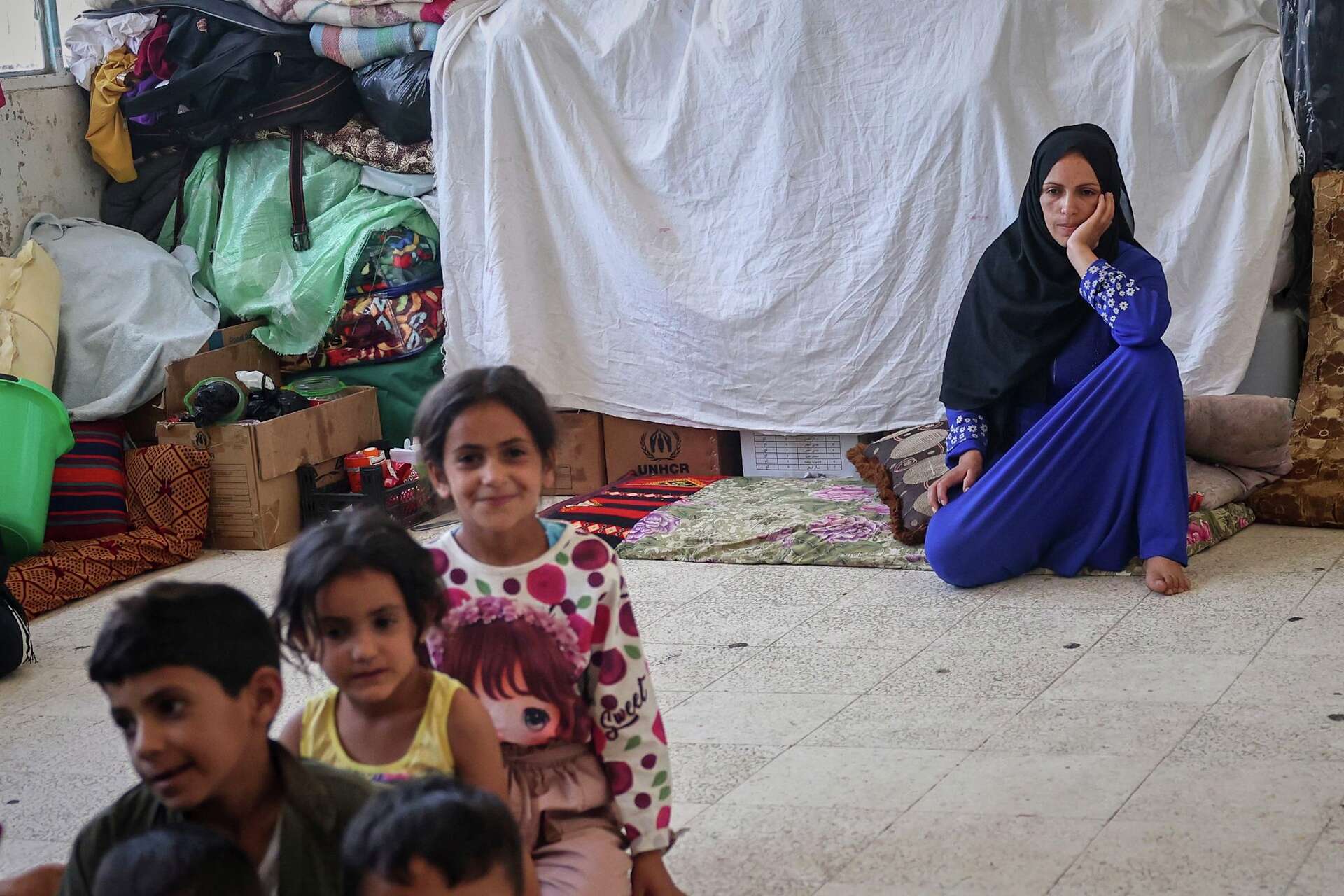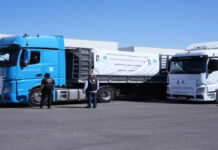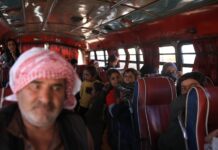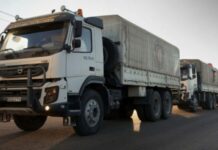
Thousands of families, mostly from the Bedouin minority, have fled Suwayda province in since the outbreak of unrest in July following clashes between local Druze militias and tribal communities. According to the UN High Commissioner for Refugees (UNHCR), more than 187,000 people have been displaced since July 13, 2025, with roughly two-thirds still inside Suwayda and the rest scattered across Daraa and rural Damascus.
Entire neighborhoods and villages have been emptied, including Lawza, Rajm al-Zeitoun and Mansoura, tribal representatives said. Mustafa al-Amiri, spokesman for the Suwayda tribes, estimated the number of displaced between 120,000 and 150,000, or about one-third of the province’s population. “We are the owners of these lands, and we reject any attempt to strip us of our homes,” Amiri told local media.
The violence, which erupted in mid-July, has been linked to militias aligned with Sheikh Hikmat al-Hijri, a Druze cleric with ties to Israel. Protesters in the town of Daraa on September 8 called on the government to ensure a safe return, carrying banners denouncing efforts to alter Suwayda’s demographic makeup.
Strained Shelters and Humanitarian Needs
However, despite ceasefire displacements continue. Displaced families now live in overcrowded schools and collective centers in Daraa and Damascus. Classrooms have been converted into shelters, often housing three or four families each. “We were told it would be for a few days, but weeks have passed,” said Alia al-Hussein, 45, who shares a classroom with her children and three other families.
UNHCR reported unsafe and unsanitary conditions in shelters, warning of disease risks for women, children and the elderly. From July to early September, the agency distributed more than 11,500 relief packages, including blankets, mattresses and hygiene kits, and provided legal and psychosocial support to thousands. The Syrian Arab Red Crescent (SARC) also sent convoys of food, water and medical supplies, though aid workers acknowledged assistance remains insufficient.
Stories from the displaced reflect deep trauma. Munira al-Hamad, 56, said her family was besieged for 15 days before escaping. “We cannot return. Just because you are a Muslim, you are considered an enemy in Suwayda,” she told the Associated Press. Another man, Jarrah al-Muhammad, said Druze gunmen killed nine people, including three children, as they fled his village. The AP said it could not independently verify his account.
Government Response and Uncertain Future
Suwayda Governor Mustafa al-Bakour pledged today, September 10, that the government is developing a “comprehensive plan” to ensure displaced persons return safely and with dignity. “We have experienced the bitterness and cruelty of the suffering of our displaced people, which doubles our responsibility to accelerate relief and reconstruction efforts,” he said in a statement.
Despite these assurances, many families remain skeptical. Schools remain overcrowded as the academic year approaches, and local authorities have yet to provide alternative housing. Researchers warn that without a political settlement addressing both local grievances and national divisions, displacement in Suwayda could harden into long-term demographic change.









